'Technology is evolving:' Greenfield PD implements body cameras as survey shows majority support
GREENFIELD -- Almost all the Wisconsin residents polled by a police advocacy group say they want officers to wear body cameras, although few departments use them.
Wisconsin Public Radio reports that 94 percent of 400 respondents to the Wisconsin Professional Police Association's 2018 phone survey said were in favor of requiring law enforcement officers to wear body cameras.
FOX6 News on Monday, April 1 talked with Greenfield police -- in the process of implementing body cameras.

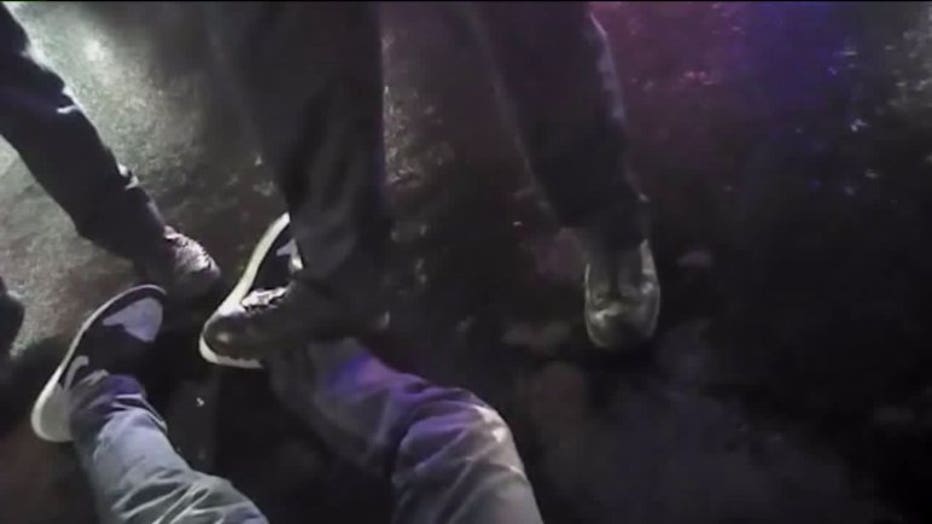


Erik Andrade
Body cameras have been a pivotal part of some high-profile cases, including the January 2018 arrest of Milwaukee Bucks player Sterling Brown. A Taser was used after Brown was found double parked at a Walgreens store. MPD Officer Erik Andrade was fired for violating department policy with several social media posts after the arrest, and the Fire and Police Commission upheld that firing. Milwaukee Police Chief Alfonso Morales and officials with the Milwaukee County District Attorney's Office testified that the social media posts eliminated Andrade's credibility, and made him unable to testify in court due to that lack of credibility.
After that, Brown's attorney said the officers directly involved in the arrest need to lose their jobs as well. Brown filed a federal lawsuit against the city.
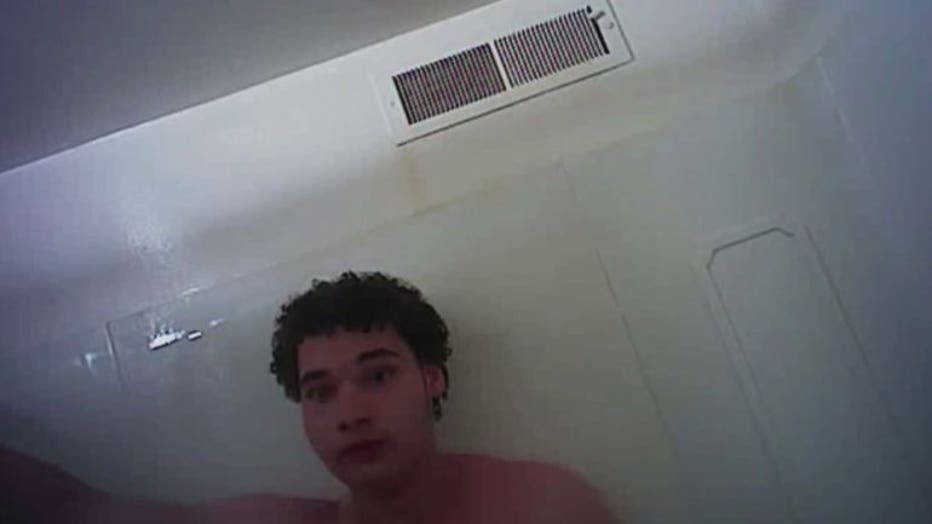
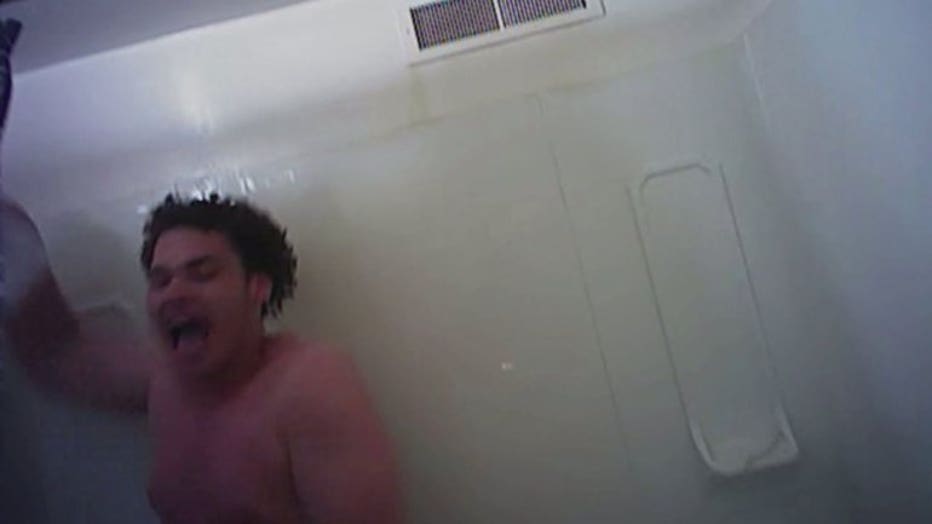
Another case involved Adam Trammell, 22, who died after a Taser was used on him by West Milwaukee police more than a dozen times in May 2017. The two officers involved were cleared of wrongdoing. The body camera video showed Officer Michael Rohleder and Anthony Munoz walking up into an apartment building near 54th and Greenfield -- looking for Trammell -- responding to a report of a naked man speaking incoherently and flooding his apartment. They mistakenly called him Brandon. Police said he was combative. Family members said Trammell suffered from mental illness.

Greenfield Police Sgt. Robert Austin
Those two cases alone made it clear the body camera recordings have affected police and the public -- and the new study shows the majority of Wisconsin residents want officers to wear them.
"Technology is evolving and changing so rapidly, we didn't want to get stuck using a large capital expenditure for a product that was going to be obsolete rather quickly," said Greenfield Police Sgt. Robert Austin.
Sgt. Austin said the video helps with their investigations.
"Generally, having incidents captured on video is good for the police. Video remembers and sees things that we don't see and remember," he said.

The cost, storage and coming up with policies can be difficult, according to Milwaukee Area Technical College Professor Eugene Reyes.
"Tape laws and all of the legality of the body camera are still in progress within the past five to seven years, so we don't really know how this is going to be play out," said Reyes.
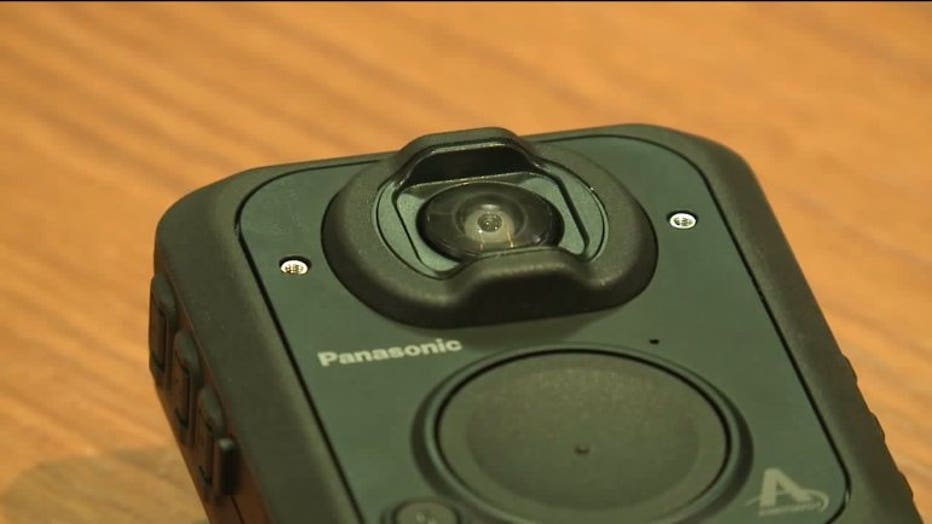
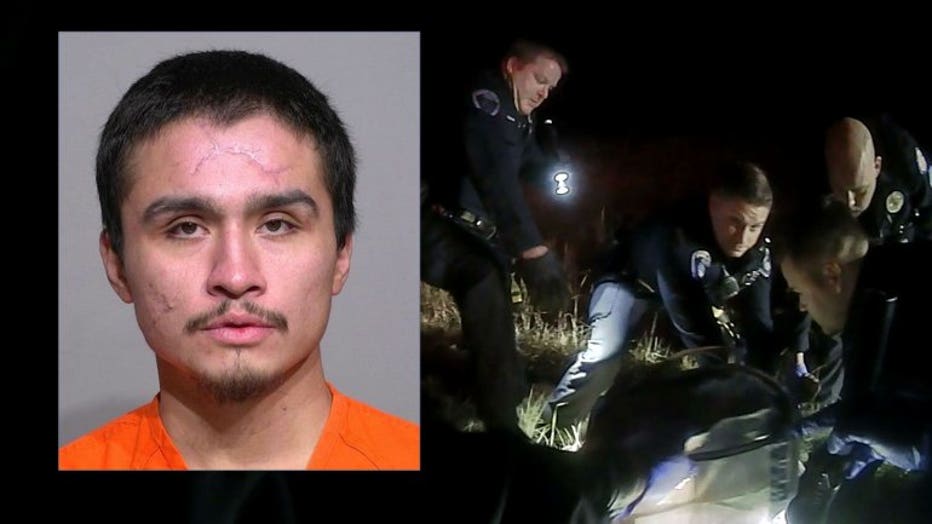
Jared Lussier
In November 2018, body cameras captured the aftermath of a crash after the pursuit of a vehicle that had been stolen out of Milwaukee. The driver nearly missed a Hales Corners' sergeant before hitting another car and taking off. Fifteen minutes later, the chase ended in a crash in Franklin. Body cameras were rolling as officers worked to save the life of Jared Lussier -- thrown from the vehicle into a ditch. Doctors said he might never walk again.
A similar survey in 2017 found that 84 percent of respondents supported body cameras.
There isn't comprehensive data on how many of the state's more than 500 law enforcement agencies use body cameras. Axon, a company that manufactures the devices, told the association that about 60 agencies use body cameras.

